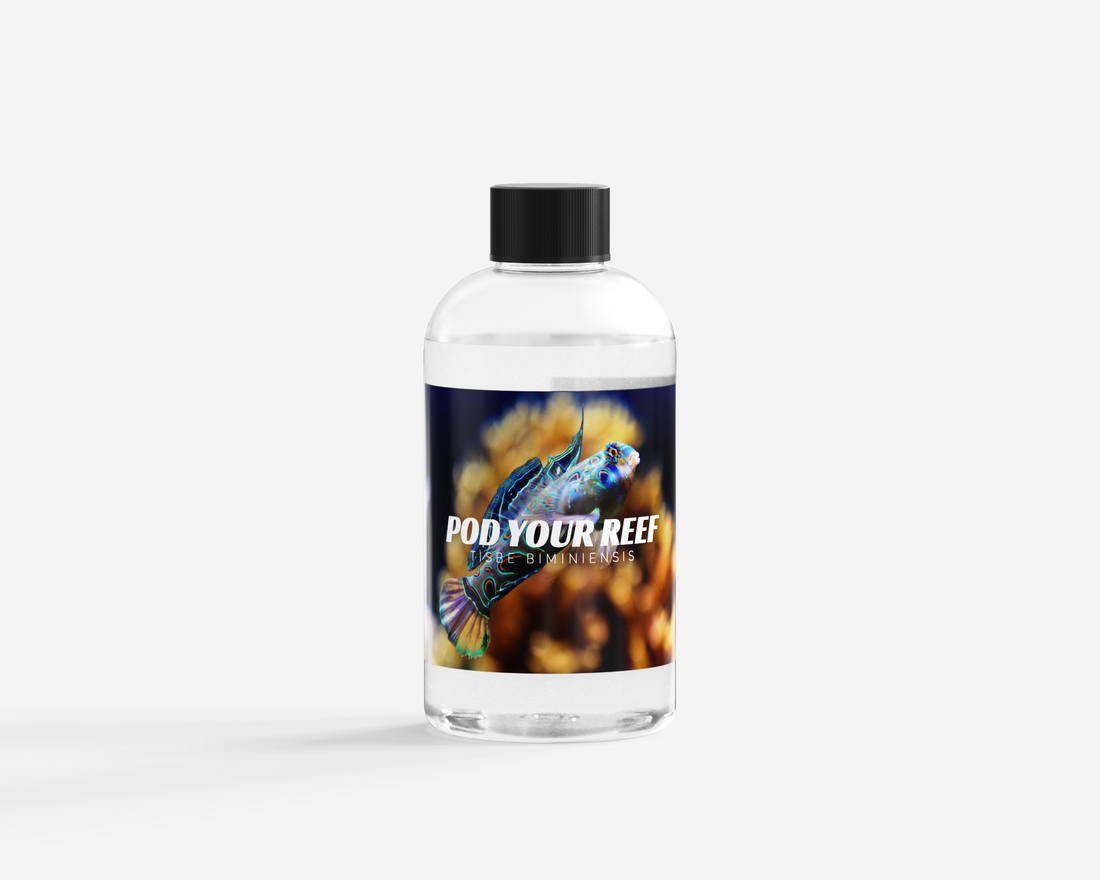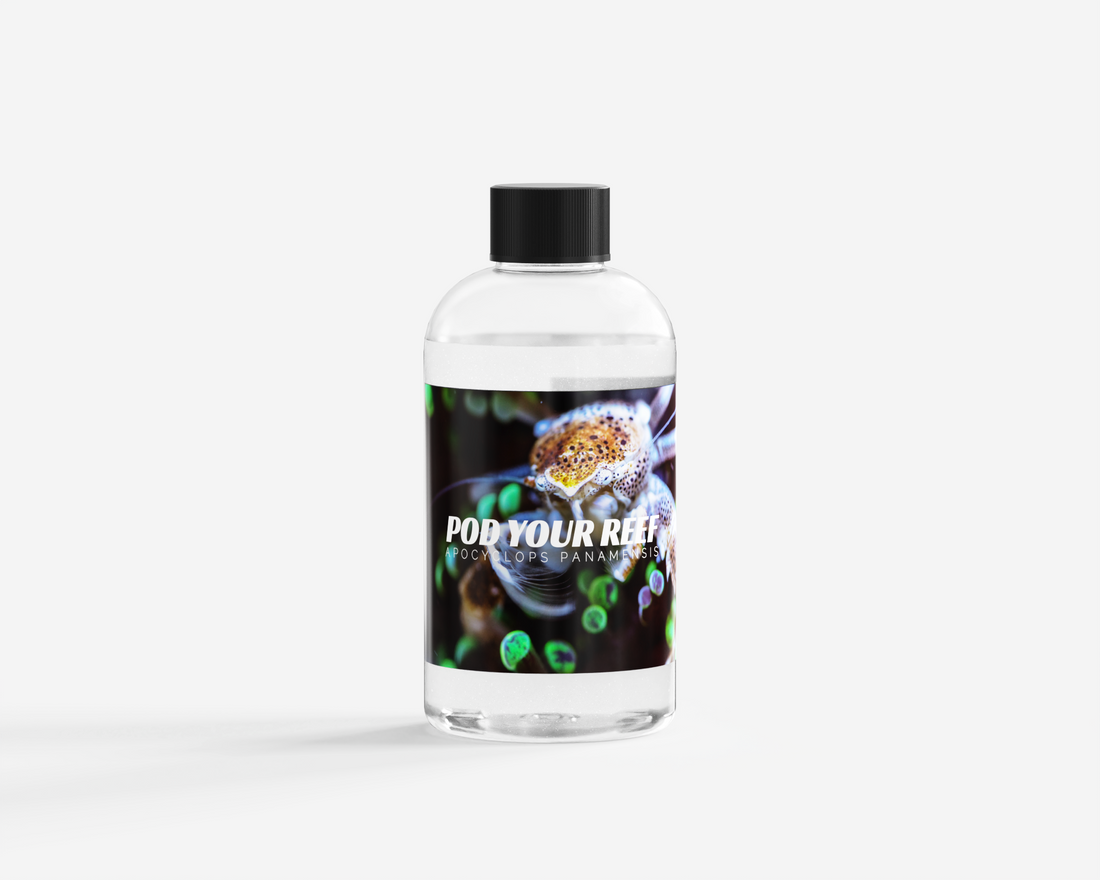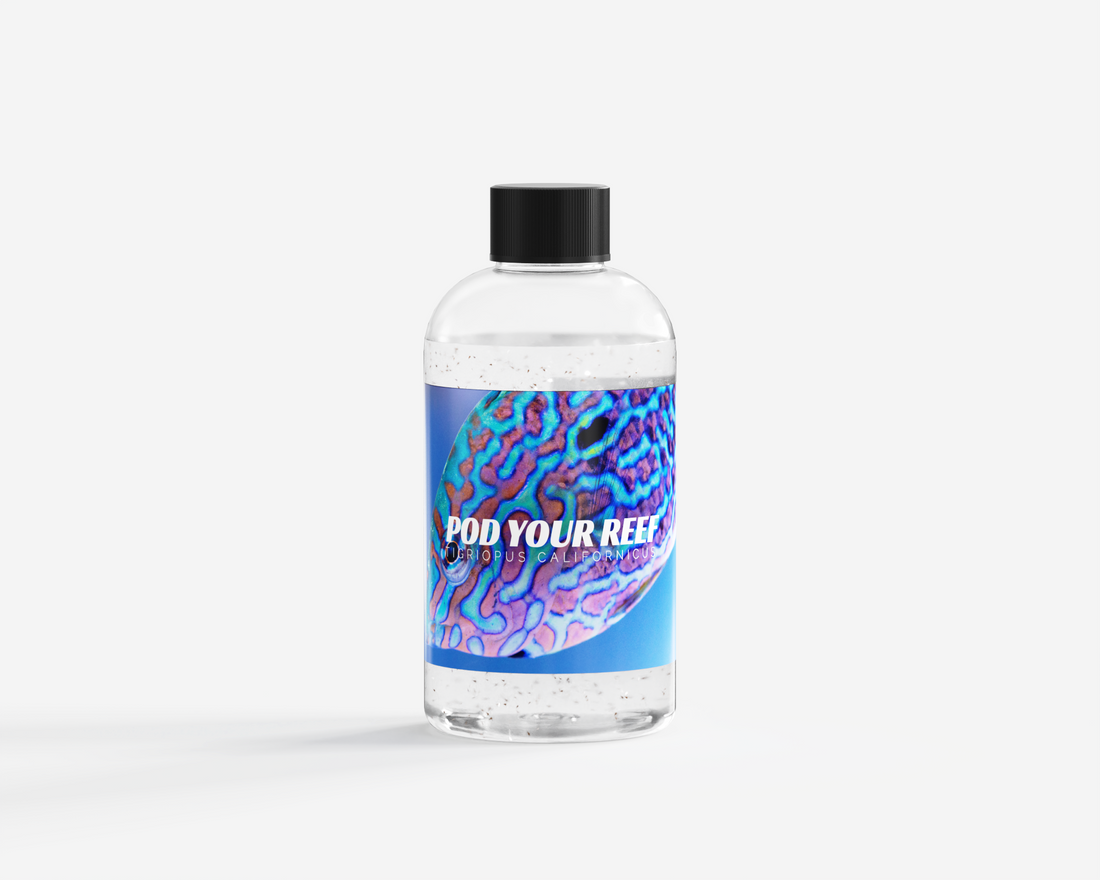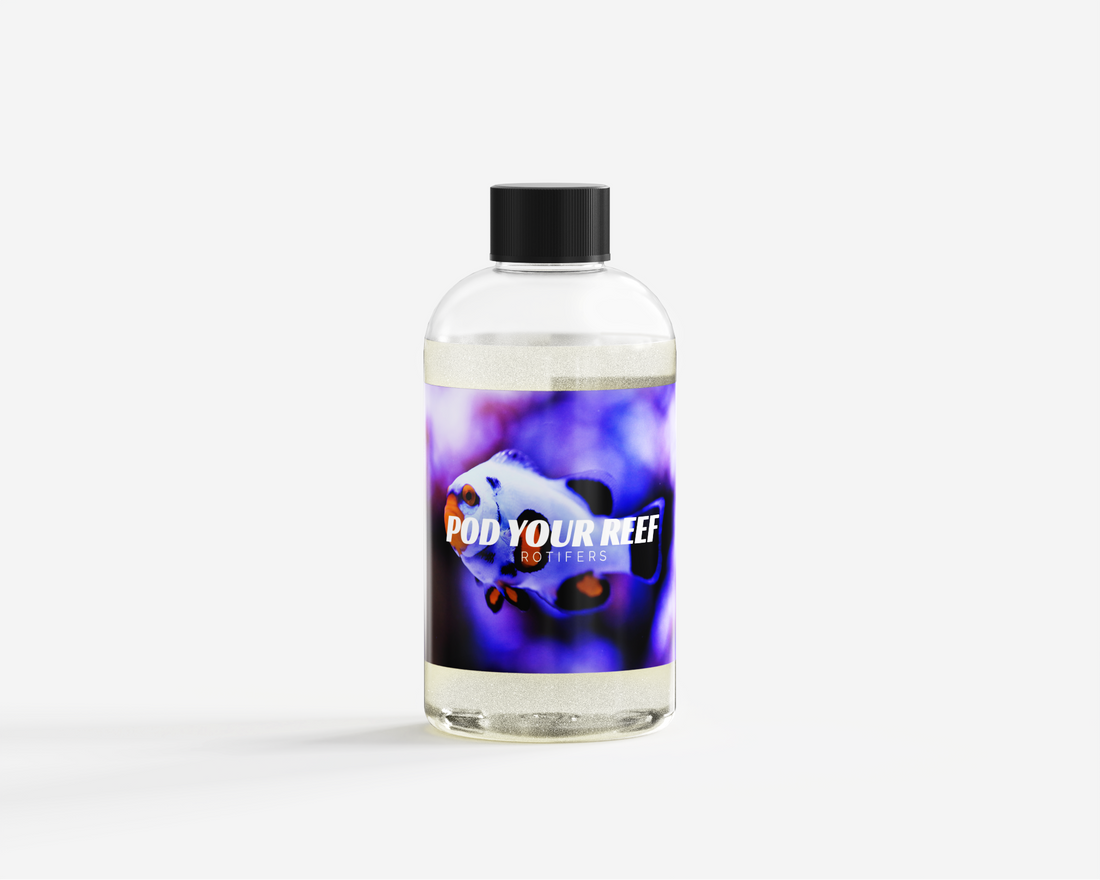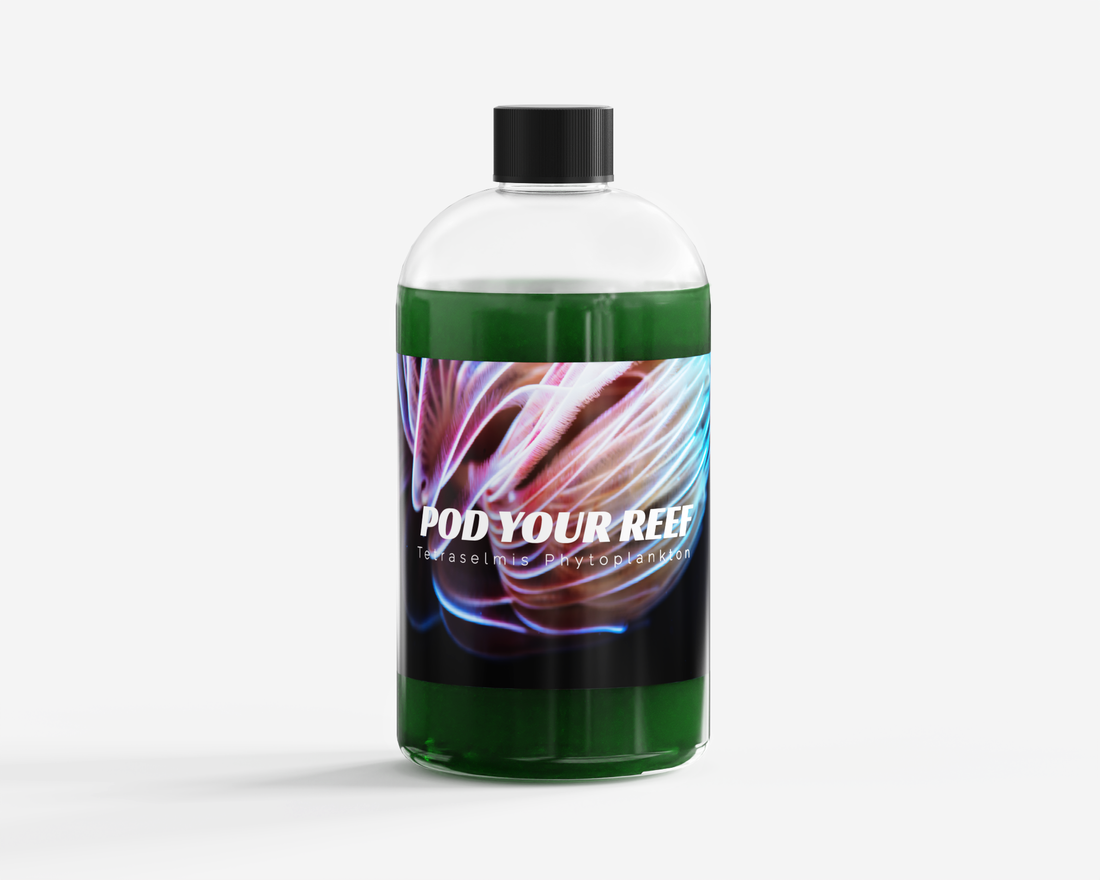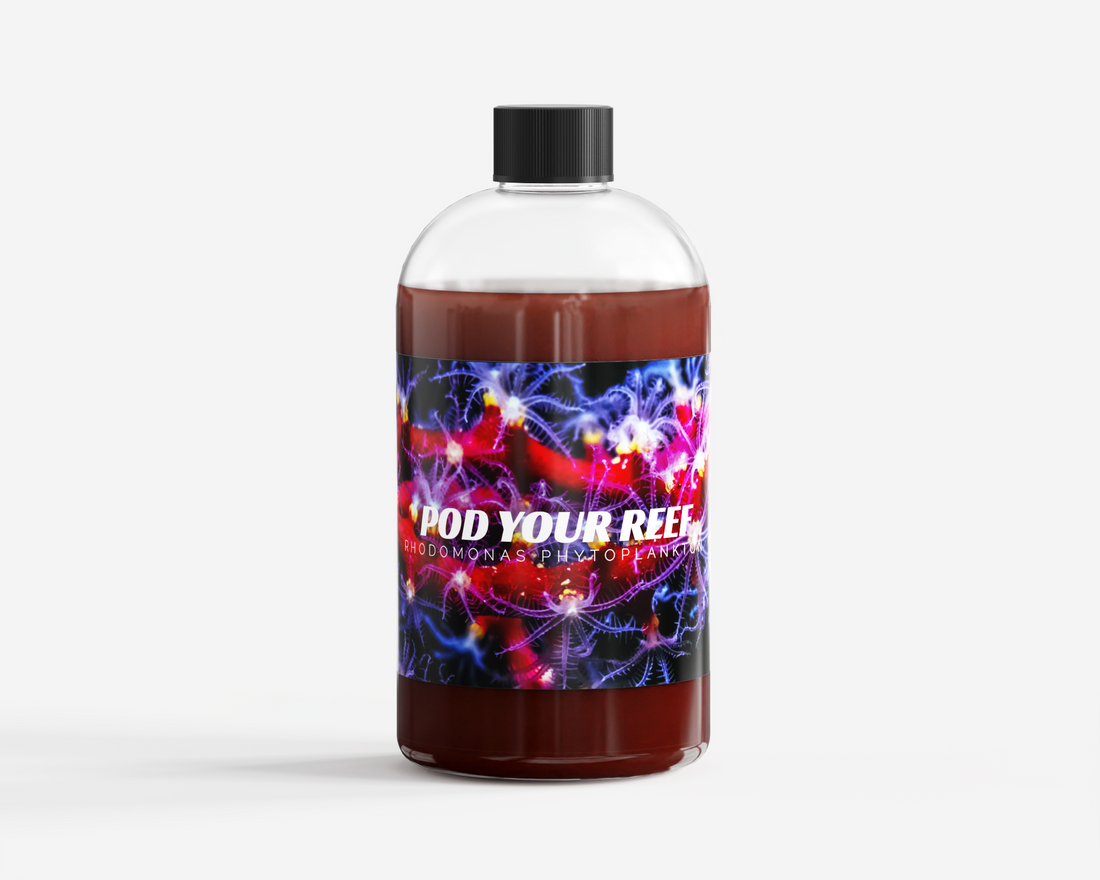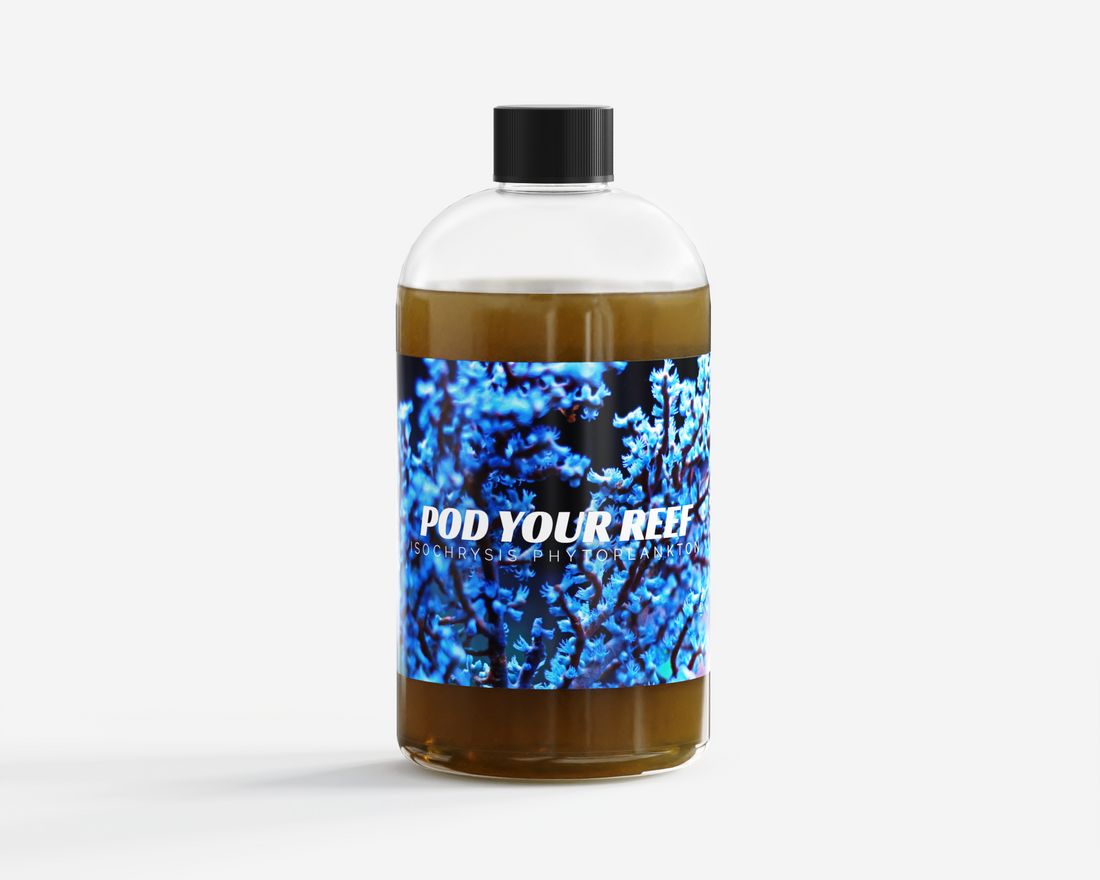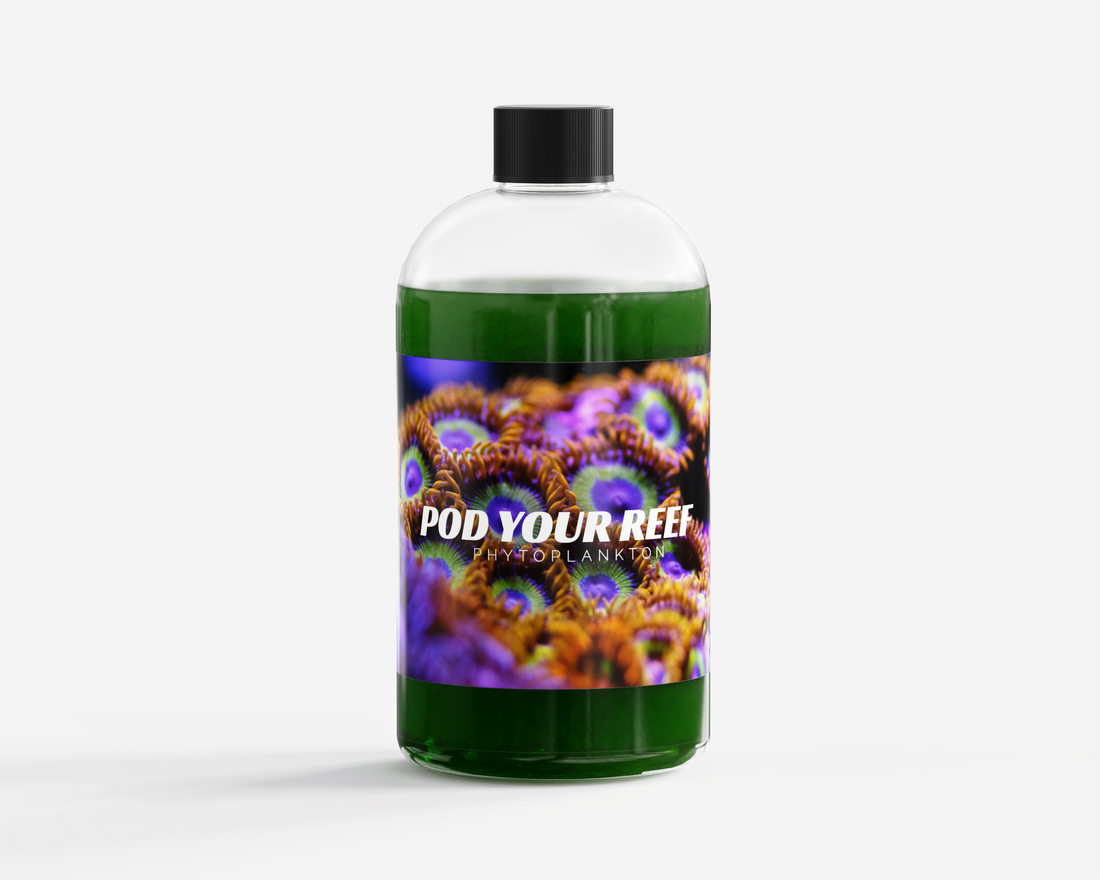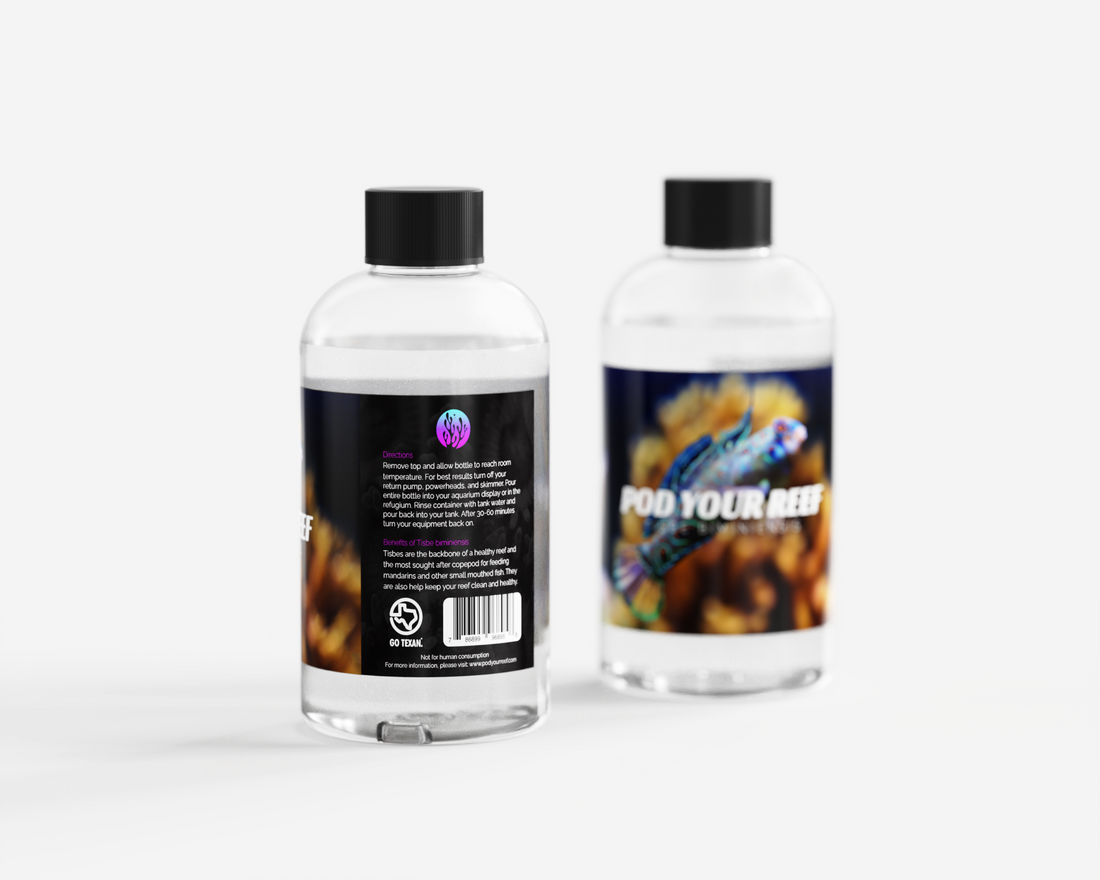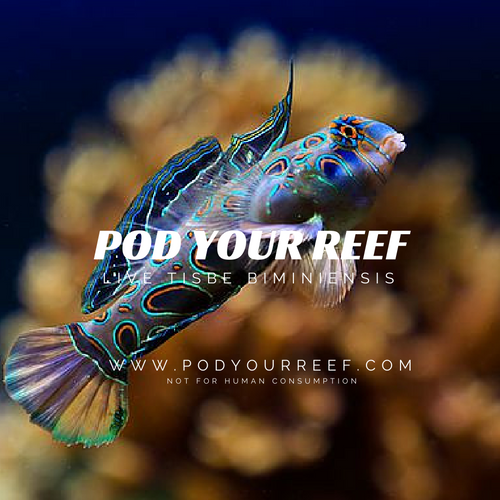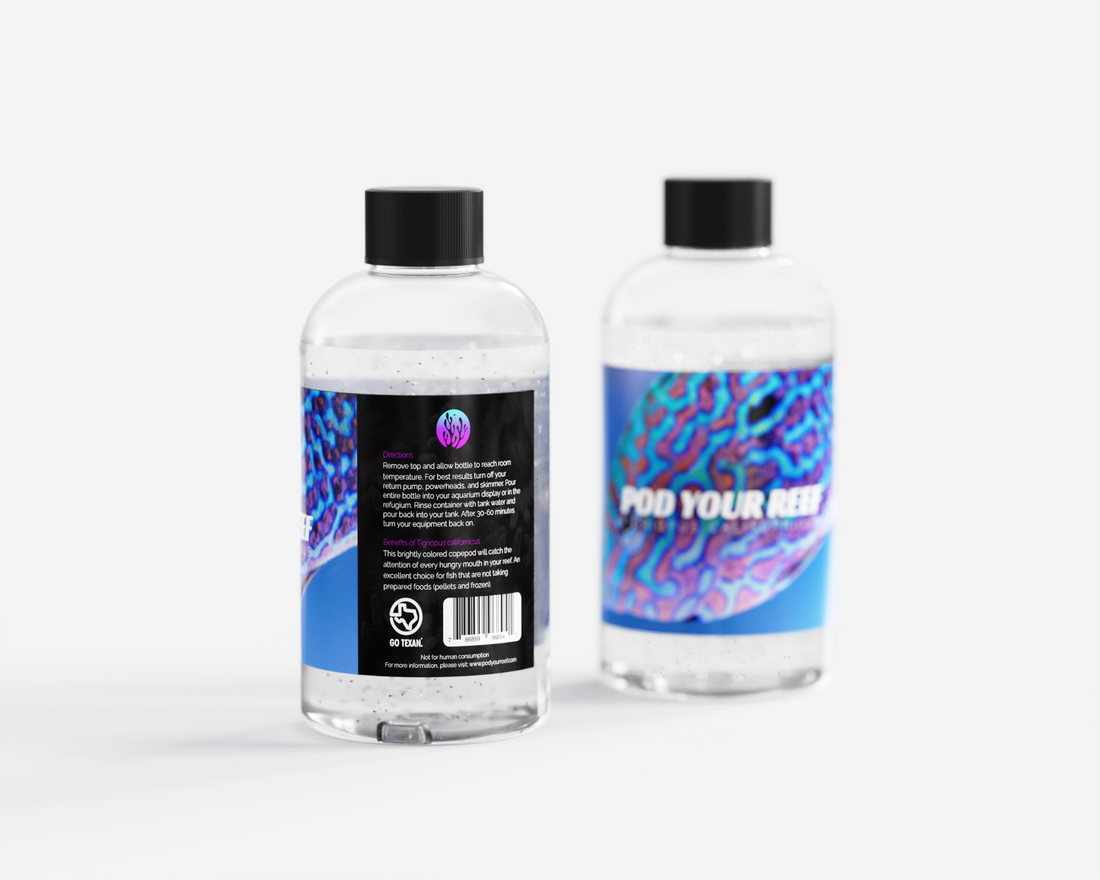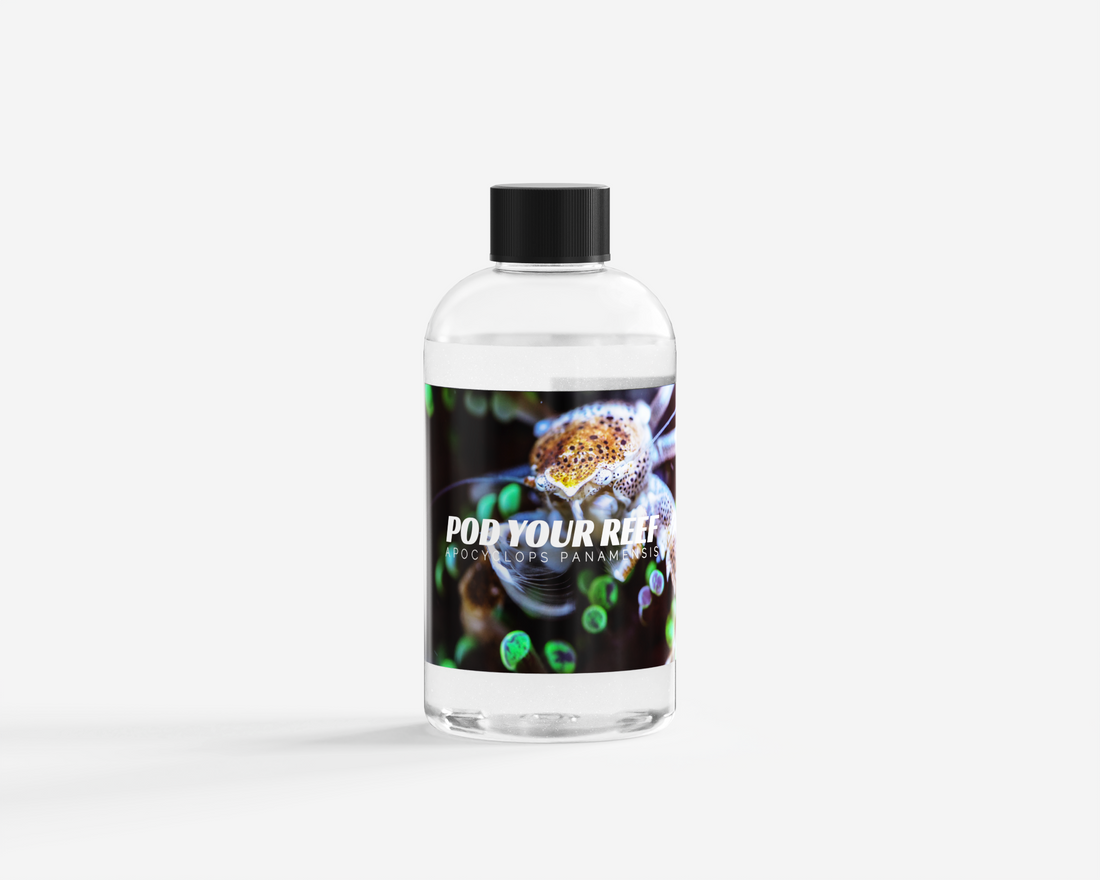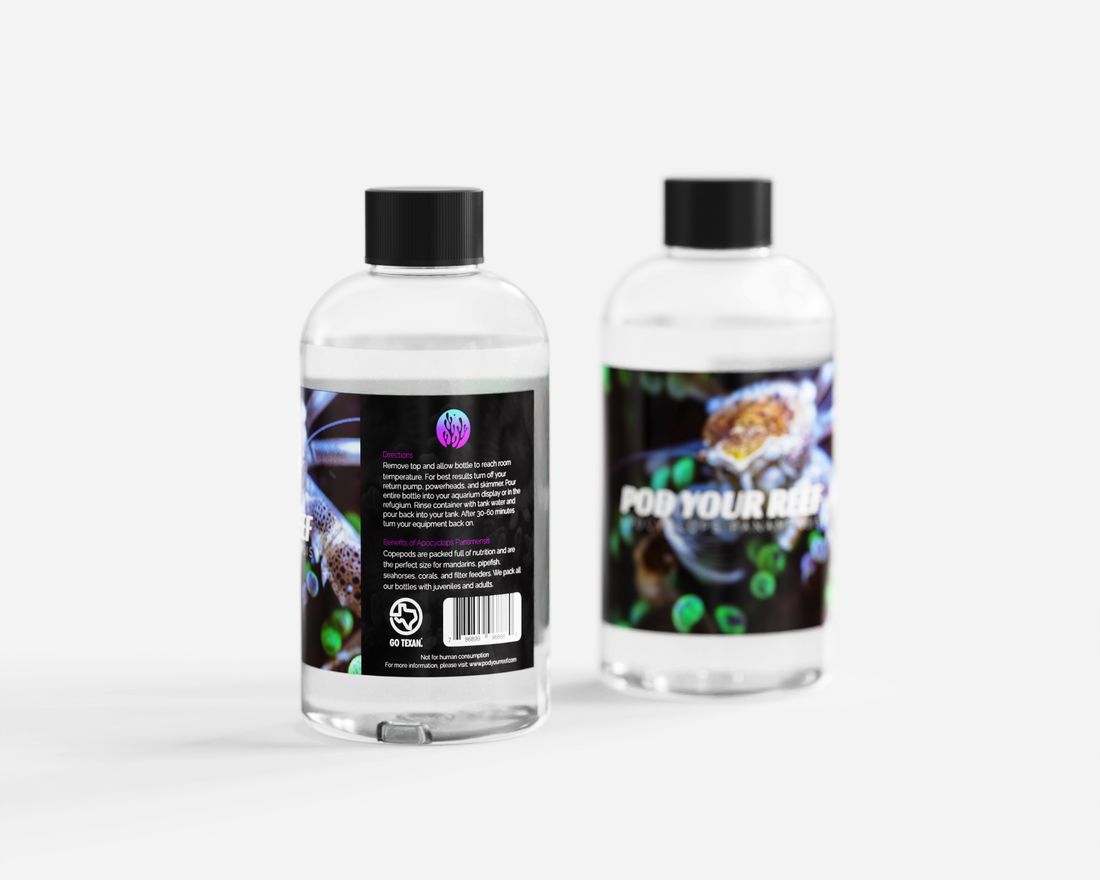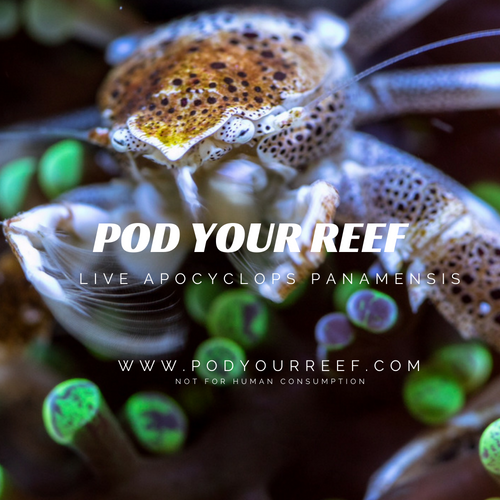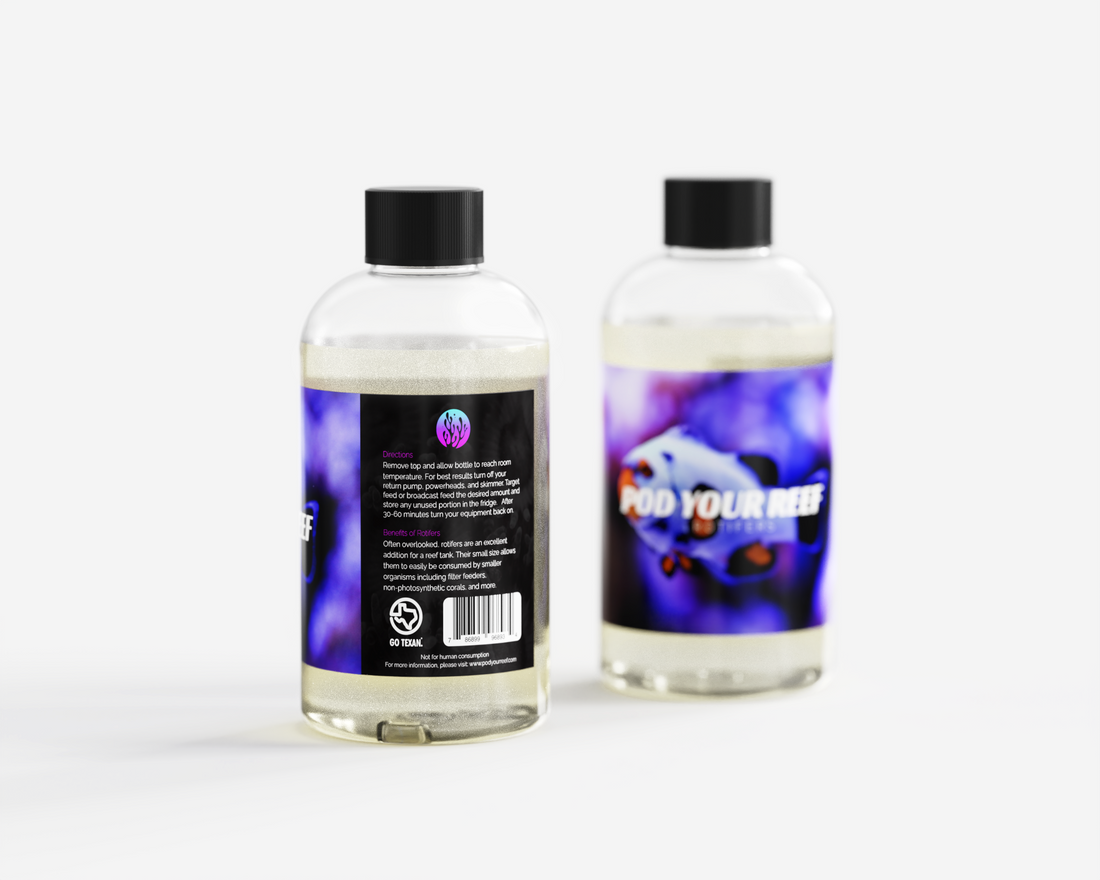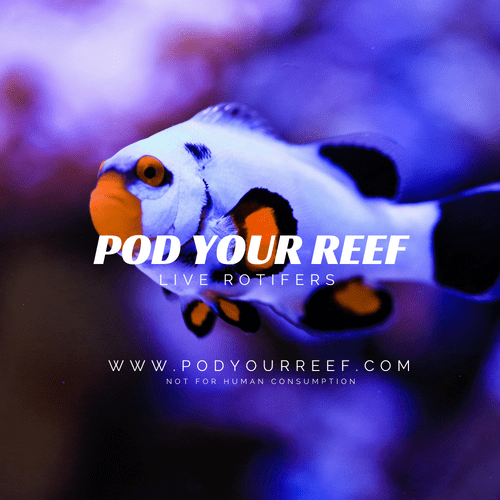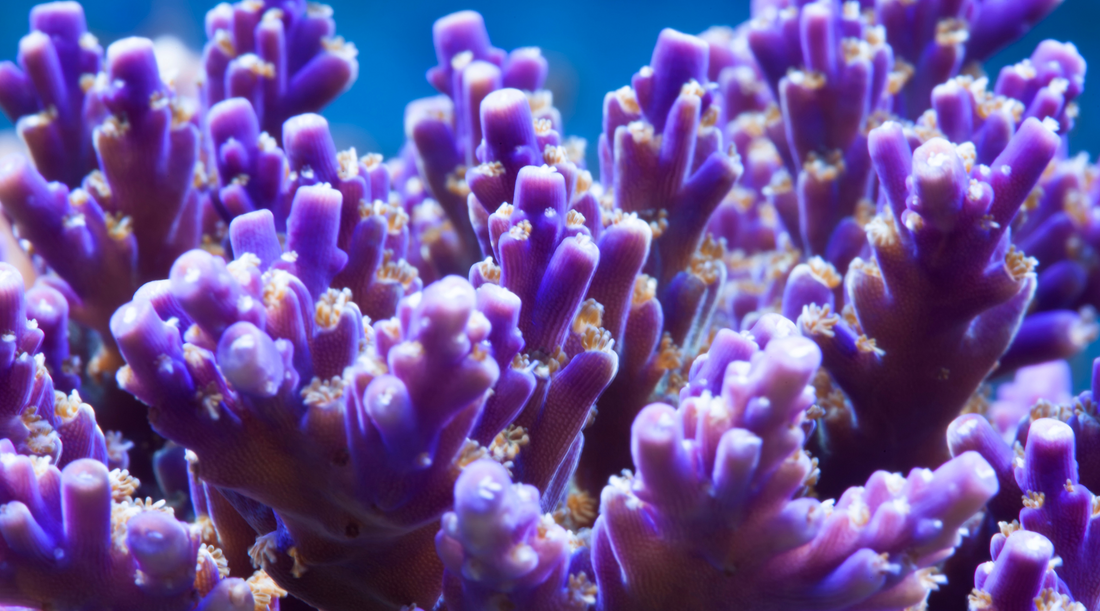
Care
How Corals Use Photosynthetically Active Radiation (PAR) for Survival
How Corals Use Photosynthetically Active Radiation (PAR) for Survival
Photosynthetically active radiation, or PAR, is a measure of the portion of sunlight that is able to support photosynthesis in plants and other photosynthetic organisms. This type of radiation, which falls within the wavelength range of 400 to 700 nanometers, is essential for the survival of many marine organisms, including corals.
Corals are marine invertebrates that are found in warm, shallow waters. They form colonies of individual organisms called polyps, which are connected by a common tissue. Each polyp has a central mouth surrounded by tentacles that are used to capture food.
One of the main sources of food for corals is photosynthetic algae called zooxanthellae, which live inside the coral's tissue. These algae use sunlight to produce energy through photosynthesis, which they then share with the coral. This relationship is known as symbiosis, and it is essential for the survival of both the coral and the algae.
The amount of PAR that corals are exposed to has a direct impact on their health and growth. When corals are exposed to sufficient levels of PAR, they are able to support a healthy population of zooxanthellae, which in turn provides them with the energy they need to grow and reproduce. However, if the level of PAR drops too low, the coral may become stressed, leading to bleaching and potentially death.
Corals are therefore highly sensitive to changes in PAR levels, which can be caused by a variety of factors. For example, changes in water temperature, water clarity, and the amount of sediment in the water can all affect the amount of PAR that reaches the coral. Additionally, human activities such as pollution and the destruction of coral reefs can also have a negative impact on PAR levels.
In order to protect coral reefs and the marine ecosystems they support, it is important to monitor and maintain healthy levels of PAR. This can be done through a variety of measures, such as reducing pollution, protecting against sediment runoff, and maintaining water clarity through proper management of coastal development. By taking these steps, we can help to ensure the survival of these vital ecosystems and the many species that depend on them.

